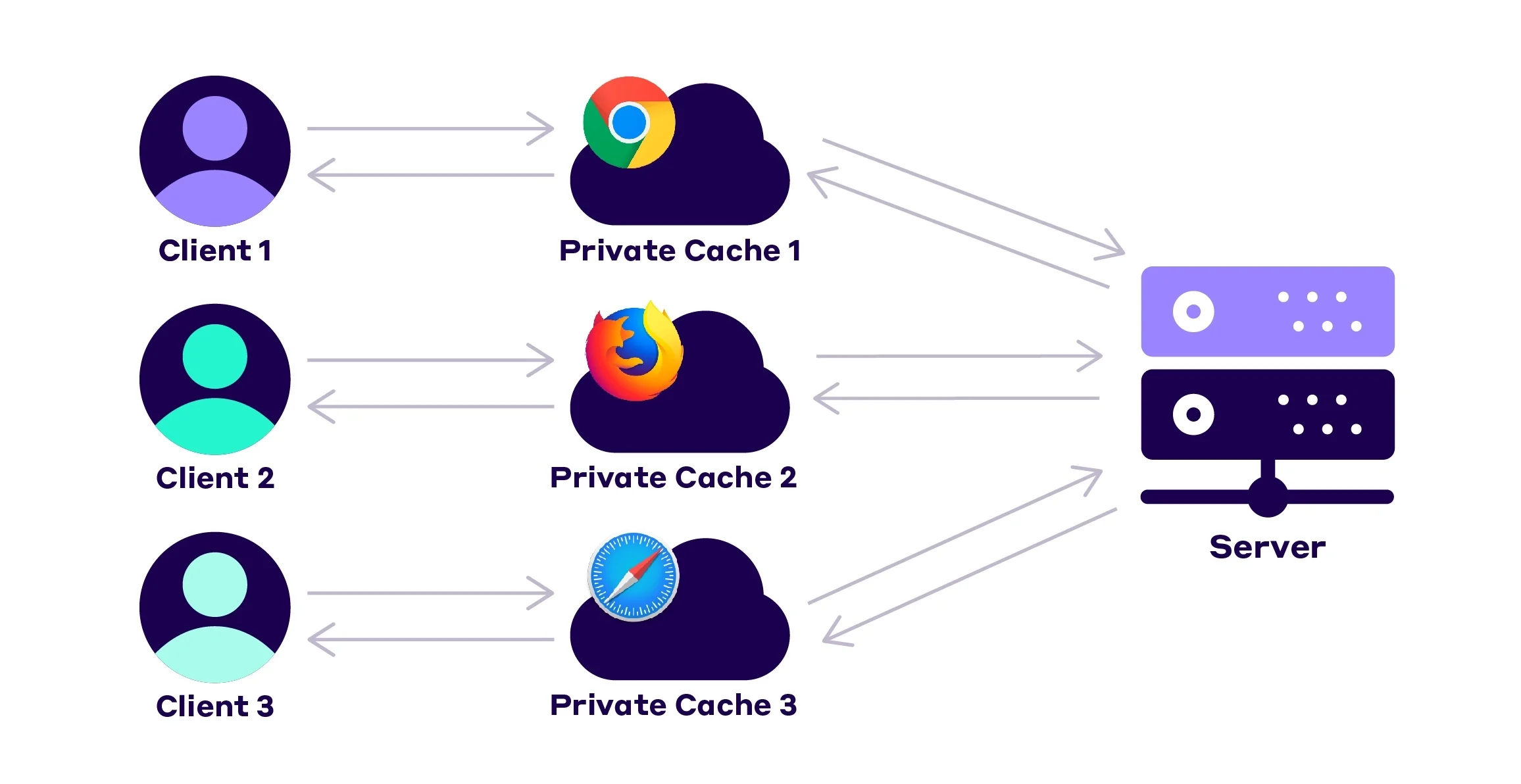In today's fast-paced digital environment, where efficiency and speed are paramount, caching emerges as an essential technology that enhances system performance and user experience. By temporarily storing copies of data or computational results, caching significantly reduces access times, decreases server load, and improves scalability. This article provides an in-depth look at caching, its various types, and the manifold benefits it offers.
What is Caching?
Caching involves storing copies of data in a temporary storage location, known as a cache, to enable faster data retrieval upon subsequent requests. This process ensures that frequently accessed information is readily available, thereby reducing latency and enhancing overall system performance.
Types of Caching
-
Client-Side Caching:
- Browser Cache: Stores web resources such as HTML, CSS, JavaScript, and images on the user's device. This reduces the need to fetch these resources from the server every time a page is loaded, resulting in faster web page load times.
- Application Cache: Utilized by mobile and desktop applications to store data locally, improving performance and enabling offline functionality.
-
Server-Side Caching:
- Database Cache: Caches the results of frequent database queries in memory, which speeds up data retrieval and reduces the load on the database.
- Web Server Cache: Caches dynamically generated content to avoid regenerating pages for each user request, thus enhancing server response times.
- Object Cache: Stores objects such as user sessions, API responses, and configuration settings to optimize backend processing.
-
Distributed Caching:
- Content Delivery Networks (CDNs): Distribute cached content across multiple geographical locations. This places data closer to end-users, minimizing latency and improving access speeds.
- Distributed Cache Systems: Technologies like Memcached and Redis spread cached data across multiple nodes, offering scalability and fault tolerance.
Benefits of Caching
- Enhanced Performance: By storing frequently accessed data in a cache, systems can retrieve information more quickly, leading to significantly faster load times and a smoother user experience.
- Reduced Server Load: Caching reduces the number of requests that reach the primary server, allowing it to handle fewer requests and operate more efficiently. This can lead to lower operational costs due to better resource utilization.
- Improved Scalability: With the ability to handle more significant loads by distributing demand across multiple caches, caching aids in the seamless scaling of applications and services.
- Increased Reliability: Distributed caching systems can provide redundancy and fault tolerance, ensuring data availability even if one or more nodes fail.
- Cost Efficiency: By decreasing the load on primary data sources and reducing the need for expensive hardware upgrades, caching can lead to significant cost savings.
Practical Applications of Caching
- Web Applications: Accelerate content delivery by caching static and dynamic content, reducing server processing time, and enhancing user experience.
- Database Management: Cache query results to improve the performance of database-driven applications, making data retrieval faster and reducing database load.
- APIs: Improve the responsiveness of APIs by caching responses to frequent requests, thereby decreasing the processing time for subsequent requests.
- Content Delivery: Use CDNs to cache and distribute content closer to users, optimizing load times and reducing latency for global audiences.
Conclusion
Caching is a powerful technique that plays a crucial role in optimizing the performance, scalability, and reliability of modern computing systems. By strategically storing data for quick retrieval, caching not only enhances user experience but also contributes to cost efficiency and resource optimization. As digital demands continue to grow, the importance of effective caching strategies will only increase, making it an indispensable tool for developers and IT professionals alike.







